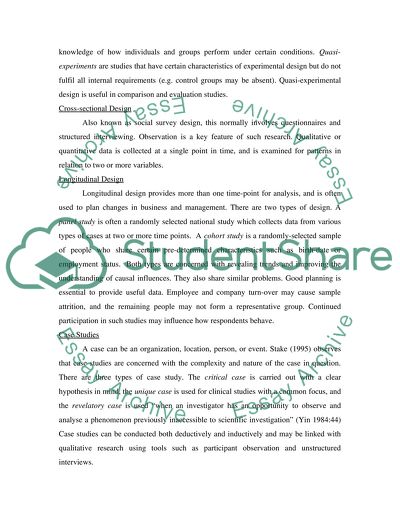Cite this document
(“What is research Essay Example | Topics and Well Written Essays - 1500 words”, n.d.)
Retrieved from https://studentshare.org/systems-science/1519362-what-is-research
Retrieved from https://studentshare.org/systems-science/1519362-what-is-research
(What Is Research Essay Example | Topics and Well Written Essays - 1500 Words)
https://studentshare.org/systems-science/1519362-what-is-research.
https://studentshare.org/systems-science/1519362-what-is-research.
“What Is Research Essay Example | Topics and Well Written Essays - 1500 Words”, n.d. https://studentshare.org/systems-science/1519362-what-is-research.


